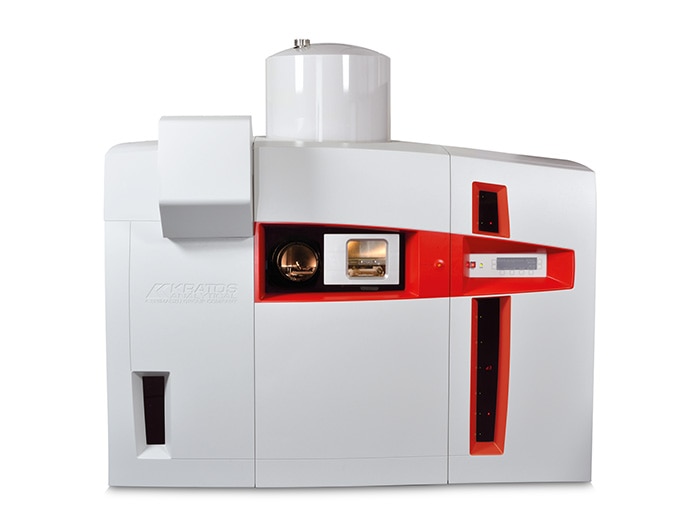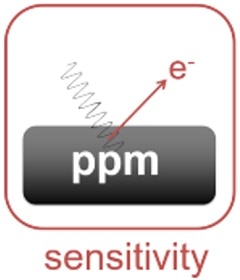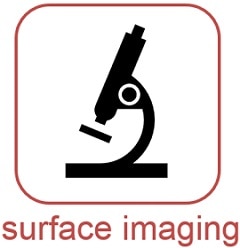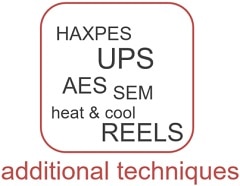Kratos AXIS Nova
Imaging X-Ray Photoelectron Spectrometer

X-ray photoelectron spectroscopy (XPS), also known as electron spectroscopy for chemical analysis (ESCA), is a mature and widely used surface analysis technique for materials characterisation. XPS provides quantitative elemental and chemical state information from the upper most 10 nm of material. The The AXIS Nova photoelectron spectrometer can collect X-ray photoelectron spectra and images from any material that is stable under the ultra-high vacuum conditions required for the technique.
State-of-the-art performance
Designed for ease of use, the AXIS Nova has automated sample loading, orthogonal cameras for easy sample positioning and intuitive data acquisition software. A unique design of the AXIS Nova is the 110mm diameter sample platen allowing unrivalled large sample handling and high sample throughput. None of these attributes compromise the market-leading performance. The AXIS Nova is capable of high sensitivity, excellent energy resolution and fast, high spatial resolution imaging. It is ready to meet the analysis needs of the most challenging applications.
Features
-
The AXIS Nova is designed for the very best performance at large analysis area with efficient collection of photoelectrons contributing to high sensitivity in both spectroscopy and XPS imaging modes.
-
The very best resolution in spectroscopic and imaging mode is another fundamentally important property of any spectrometer. Excellent spectroscopic energy resolution of the AXIS Nova allows accurate and reproducible measurement of small chemical shifts used to determine surface chemistry.
-
The AXIS Nova uses ESCApe which is the common acquisition, processing and reporting software across all Kratos photoelectron spectrometers.
-
The distribution of elements or chemistry across the surface is measured by XPS imaging.
-
Automation of the AXIS Nova ensures ease of use of the spectrometer.
-
Whilst the AXIS Nova is primarily designed for high throughput, high performance XPS, additional analytical capabilities can be added without compromising the performance. An ultraviolet He-discharge lamp can be added to allow collection of ultraviolet photoemission spectra (UPS) for valence band and work function measurements.








